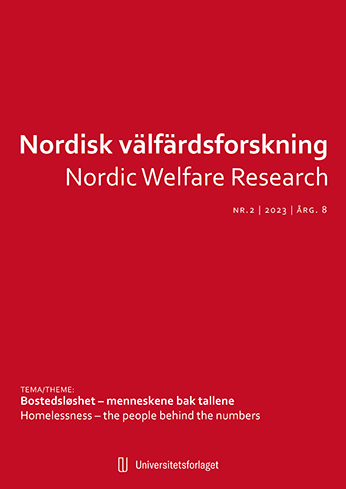Nordic and international research recognises the vulnerabilities and often poor outcomes for care leavers. However, their interrelationship with housing or homelessness as a specific outcome of concern is not well established in Norwegian or Nordic research.
Conversely, housing for care leavers has been on the political agenda in Australia for several decades, with an increasing body of research highlighting both structural challenges related to, for example housing affordability and income security, as well as individual vulnerabilities related to individual agency, independent living skills, and supports. In this article we provide an overview of Norwegian and Australian studies to highlight the emerging research in this area and applicability to the Nordic context.
Collectively, care leavers are less likely to be able to draw on their biological families for housing or financial support. This lack of a safety net constitutes an innate vulnerability. While support structures, including aftercare support for care leavers, may mitigate some of these vulnerabilities, it is also important to recognise and redress individual challenges related to independent living skills and personal agency. We argue for a more targeted support structure for care leavers, with housing and independent living skills as outcomes of explicit concern.

